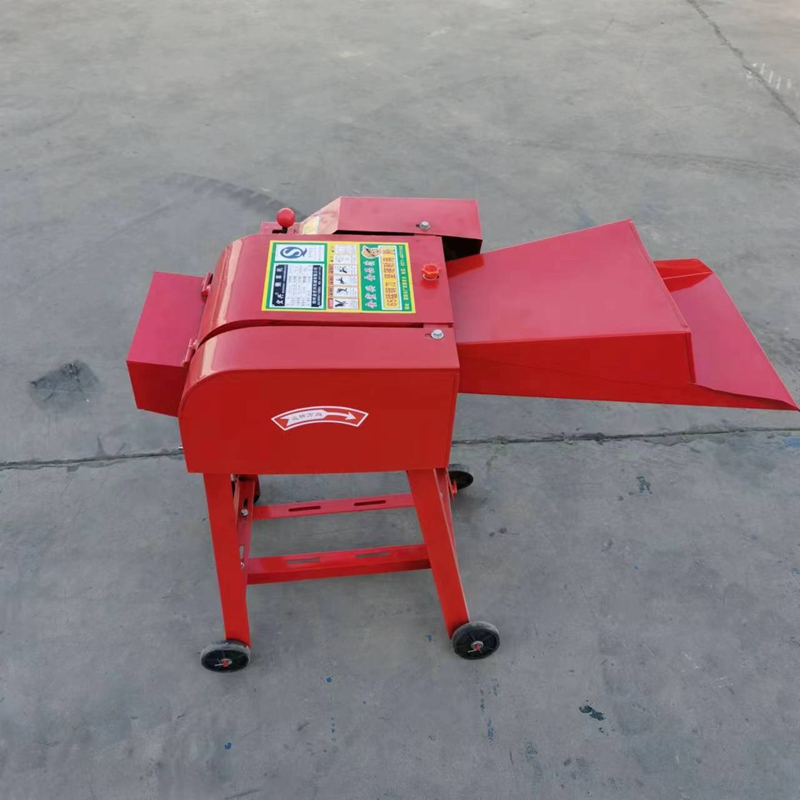Choosing the Best Evaporative Cooling Pads for Your Greenhouse Needs and Efficiency
Oct . 18, 2024 14:40 Back to list
Choosing the Best Evaporative Cooling Pads for Your Greenhouse Needs and Efficiency
Evaporative Cooling Pads for Greenhouses Enhancing Plant Growth and Comfort
Greenhouses have become an essential component of modern agriculture and horticulture, enabling year-round cultivation and protection of plants from adverse weather conditions. As temperatures rise, maintaining an optimum environment within these structures is crucial for the health of the plants and the efficiency of the production process. One effective solution for temperature regulation in greenhouses is the use of evaporative cooling pads.
Evaporative cooling pads work on a simple yet effective principle the evaporation of water absorbs heat, thereby lowering the surrounding air temperature. These pads are typically made from materials such as cellulose or synthetic fibers, which are designed to maximize water retention and enhance the cooling effect. As warm air passes through the saturated pads, the water evaporates, cooling the air before it enters the greenhouse.
The benefits of evaporative cooling pads for greenhouses are numerous. First and foremost, they create a more stable and comfortable environment for plants. Most crops thrive within a specific temperature range, and even slight variations can stress the plants, leading to reduced yields or impaired growth. By using cooling pads, greenhouse operators can maintain a consistent temperature, ensuring that plants receive the optimal conditions to flourish.
evaporative cooling pads for greenhouse

Additionally, these cooling systems can significantly reduce the need for mechanical air conditioning, which is often costly and energy-intensive. In contrast, evaporative cooling represents a more sustainable and environmentally friendly approach to temperature control. By harnessing the natural process of evaporation, greenhouse owners can reduce their carbon footprint while also saving on energy costs. This feature is particularly beneficial in regions with hot and arid climates, where traditional cooling systems may be less effective and more expensive to operate.
Another advantage of evaporative cooling pads is their ability to improve air circulation within the greenhouse. Good airflow is essential for preventing the buildup of humidity and minimizing the risk of diseases that thrive in stagnant air. By promoting a steady flow of cooler, fresh air, these pads help maintain a healthier environment, allowing for better growth rates and reducing the likelihood of plant stress.
Furthermore, the installation of evaporative cooling pads is relatively easy and cost-effective. Many greenhouse designs can accommodate these systems without extensive modifications, and the materials used for the pads are often accessible and affordable. With the right setup, greenhouse owners can quickly implement an evaporative cooling system that maximizes efficiency and functionality.
In conclusion, evaporative cooling pads are an invaluable tool for modern greenhouse management. They provide a cost-effective and sustainable method for regulating temperatures, enhancing plant growth, and improving overall crop yields. By investing in such systems, greenhouse operators not only boost their productivity but also contribute to environmentally friendly agricultural practices. As the need for efficient water and energy use becomes increasingly pressing, the adoption of evaporative cooling technology will likely continue to grow, benefiting both growers and the planet.
-
Automatic Feeding Line System-Pan Feeder Nipple Drinker|Anping County Yize Metal Products Co., Ltd.
NewsJul.29,2025
-
Hot Sale 24 & 18 Door Rabbit Cages - Premium Breeding Solutions
NewsJul.25,2025
-
Automatic Feeding Line System Pan Feeder Nipple Drinker - Anping County Yize Metal Products Co., Ltd.
NewsJul.21,2025
-
Automatic Feeding Line System Pan Feeder Nipple Drinker - Anping County Yize Metal Products Co., Ltd.
NewsJul.21,2025
-
Automatic Feeding Line System - Anping Yize | Precision & Nipple
NewsJul.21,2025
-
Automatic Feeding Line System - Anping Yize | Precision & Nipple
NewsJul.21,2025






